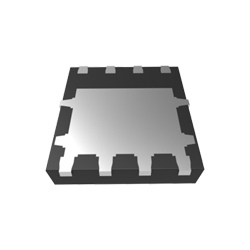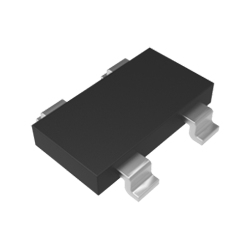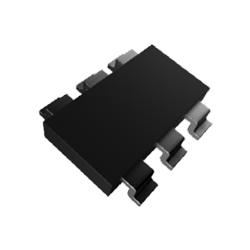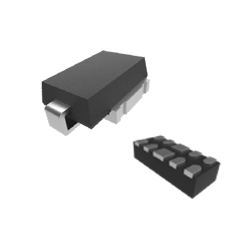/ Designing Advanced Notebooks to Satisfy Diverse Demands
When it comes to computer technology, innovation is nowhere near finished. To keep up with changes in specifications and expectations, engineers should carefully balance advanced features and end-user needs across the multiple types of notebooks available:- Consumer/General-Use Notebooks - the most common type of notebooks appeal to modern consumers, providing a balance of performance, visual, and sound quality for the average user. Ideal for everyday tasks, social media, occasional streaming, and general gaming, these notebooks must provide long battery life and exceptional heat dissipation capabilities.
- Specialty/Rugged Notebooks - these notebooks are designed to keep up with the first responders, police, military, and defense personnel who rely on them. Specialty notebooks must perform reliability amid rough conditions, including extreme heat, cold, and even under water.
- Performance/Gaming - often referred to as eSports laptops, these notebooks feature superior processor speeds and image rendering capabilities. They typically include large, high-resolution screens, substantial memory, and independent graphics cards suitable for gaming with high hardware requirements.
/ Application Considerations
When designing computer notebooks, engineers should consider the following to ensure optimal performance and user experience:
- Portability - even with robust computing power, notebooks must be lightweight and compact. Weigh notebook portability against the needs of the target end-user to determine when beefier processing takes priority over compact, lightweight design.
Battery life - consumers expect to use their notebooks for prolonged periods of time, often on the go, so a long battery life is needed. Choosing efficient components and optimizing software can help maximize battery life.
Thermal management - powerful components in small, portable spaces generate significant heat. Heat sinks, fans, and semiconductors with excellent heat dissipation should be included in design.
Durability - notebooks can take a beating when used on the go — from travel to trips to the coffee shop. Spill-resistant keyboards and robust components are essential
User interface - because users rely on their notebooks day in and day out, a seamless, intuitive experience is a must. Keyboard design and touchpad precision are essential for accuracy and usability
Connectivity - engineers must factor in both wireless options like Wi-Fi and Bluetooth, as well as ports that can vary by diverse user needs — USB-A, USB-C, HDMI, and an SD card reader, for example
Performance - computing performance is at odds with portability. When designing notebooks, the specific use case should drive whether higher performance is needed to meet user requirements
Security - today’s modern world requires the utmost levels of security to protect user data and privacy. Encryption and fingerprint scanners are a few ways to bolster security, and new security technologies are being introduced all the time
Ergonomics - keyboard design, layout, palm rest, and screen quality and size all play a significant role in ergonomics or the notebook. Since most people spend hours hunched over their notebooks daily, ergo-friendly design is crucial.
Cost - like vehicles, the price of notebooks can vary drastically. Balancing performance features with affordability is important, and using cost-effective components to reduce manufacturing costs can help drive notebook price tags down.
Thoughtful design can ensure end-users get the ideal balance of power, portability, and durability to meet their specific needs.
/ Block Diagram
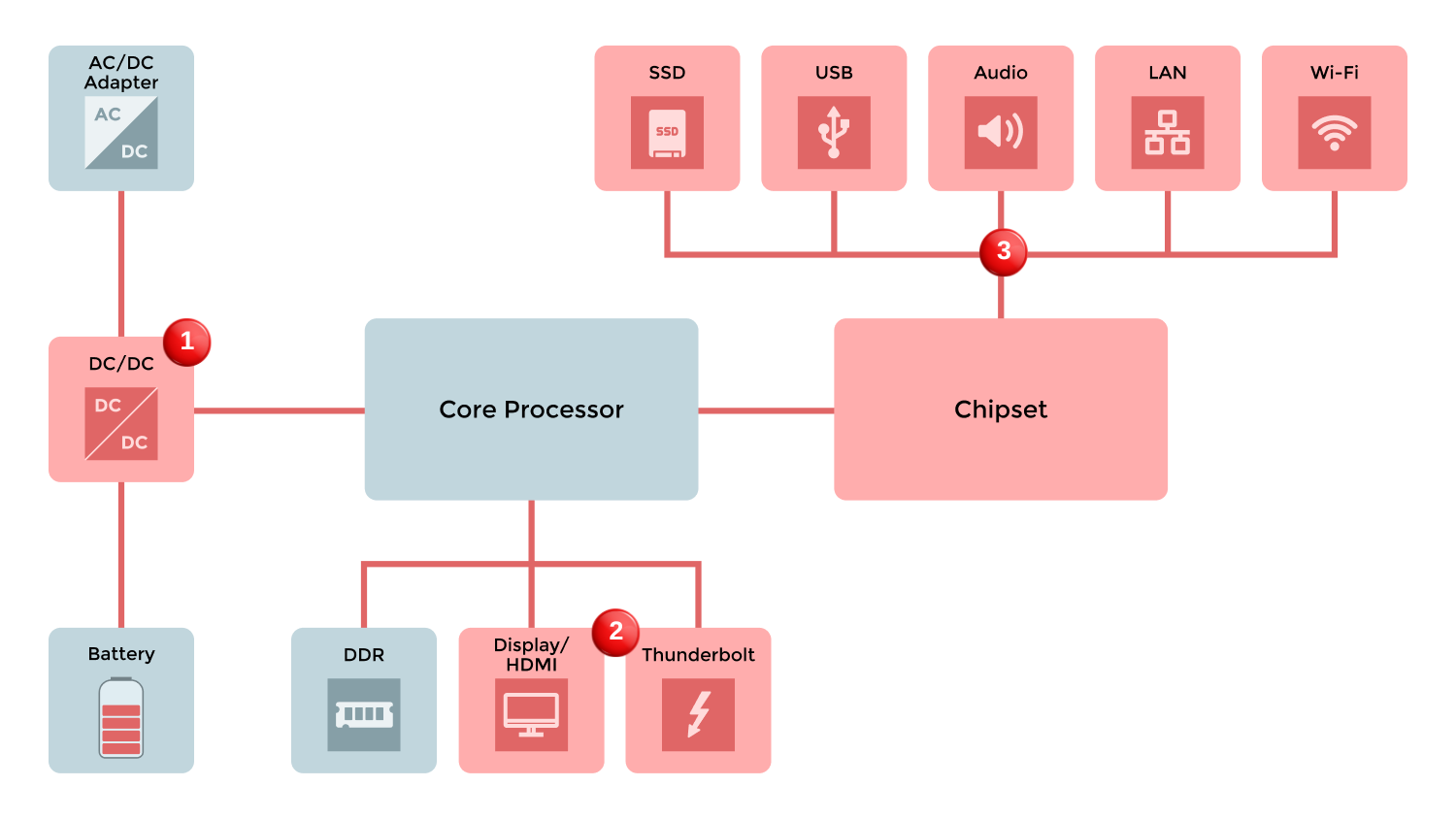
/Recommended Products
Get a Competitive Edge on Your Next Project
No matter the application or industry, MCC has the components and service you need to get to market faster and reduce overall costs.

